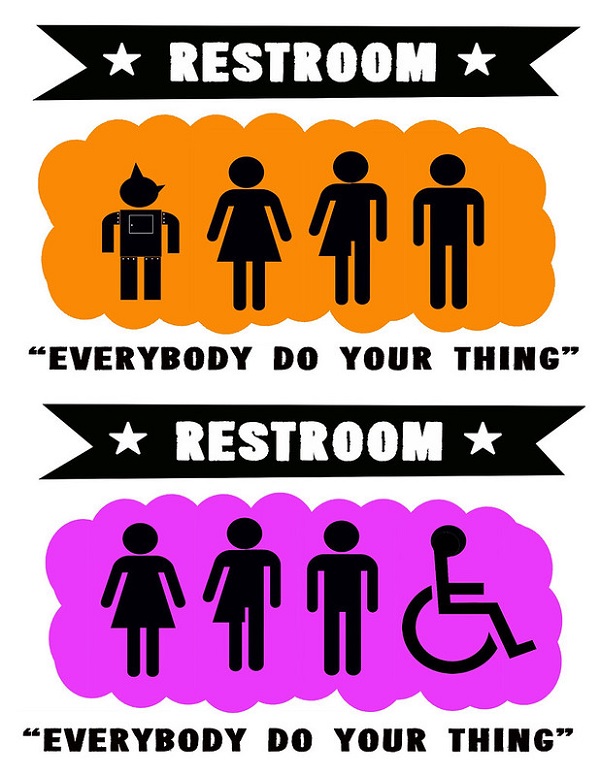My daughter likes to remind me that I didn’t always understand gender quite like I do now.
As a first-time mom, I was graced with a kid who enjoyed hanging out with the boys and preferred Hot Wheels to Barbies. Her feminist mom once gave her a pep talk on how she could be a strong woman and not be a man. I wouldn’t do that now.
When we think of gender, we need to think outside the box of the typical gender binary of male or female. This perspective on gender is much too limiting.
Gender identity is a person’s inner sense of being male, female, both, or neither. But even that decidedly complicated statement is simple compared to the nuances of gender. Gender is not the same as body or anatomy. Experts like to say that gender is what’s between your ears, rather than your legs.
I met the person who was one of my earliest teachers about gender almost two decades ago. This client had reached out to me for therapy and presented in our session in a non-gendered way, although the client had a traditionally feminine name. At the end of our first session, and after I’d been thoroughly vetted, he shared his gender identity and the therapeutic goal of working together to allow him to explore gender and gender transition.
I quickly started educating myself about gender transition, and as we worked together we both learned important truths about gender. It’s hard to define how someone knows their gender—it’s more a sense of feeling right. He felt right in the sense of freedom that he shared with his brothers when running, jumping, and playing sports. And when he cut his previously long hair. And when he changed his prior name to the one that now feels good. And in the clothing he now chose. The final sense of congruence, for this remarkably trailblazing young man, was in changing his body to match who he is.
This client identified as transgender, a gender identification in which internal gender identity differs from the gender identity with the person’s sex assigned at birth. If that terminology seems confusing, think of assignment as the delivering doctor’s designation of male or female. This would typically be made based on anatomy, and not on the person’s innermost sense of who they are.
Since working with my first client, I’ve had many others: trans clients; clients who are non-binary and do not endorse the typical poles of male or female; and clients who are genderqueer, meaning within, outside of, across, or between the spectrum of the male and female binary. These are just a few of the identities on the ever-widening gender spectrum.
Probably the biggest lesson I learned is that we don’t need to “understand” a person’s gender, or intellectualize it. We just need to validate it, honoring where the person is within their own exploration.
I’d like to think that after that initial new-mom questioning about whether to buy Hot Wheels or Barbies, I did a pretty good job at validating my daughter’s preferences. We recently came across that old box of toy cars, and if I had to do it all over again, I’d buy even more.
And I’d do it without prescribing gender either to her or her toys. That’s for her to decide.
~


 Share on bsky
Share on bsky





Read 0 comments and reply